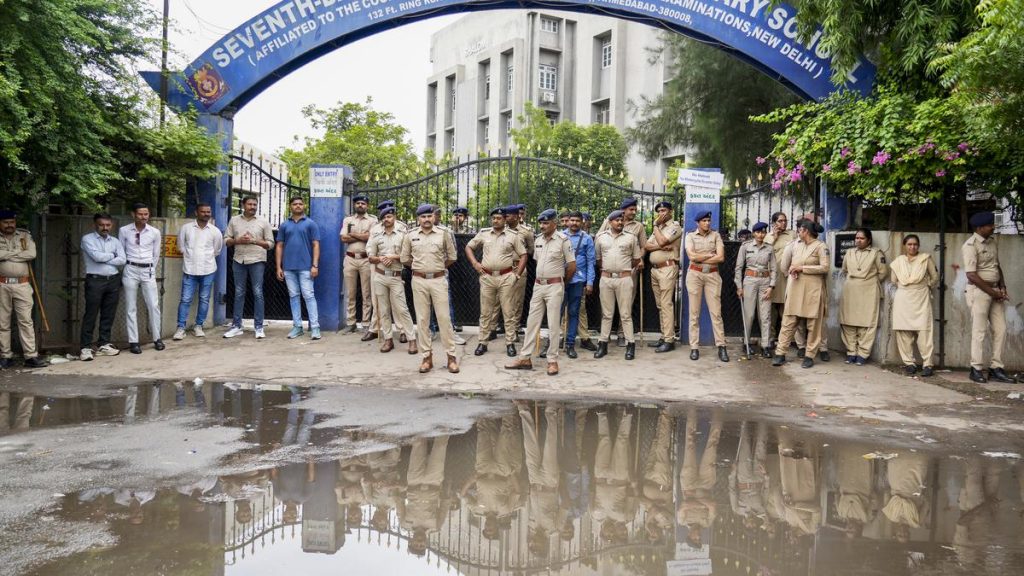Now Reading: Global Population Count: Are Current Estimates Falling Short?
-
01
Global Population Count: Are Current Estimates Falling Short?
Global Population Count: Are Current Estimates Falling Short?

Quick Summary
- Researchers claim that rural population estimates have been undercounted by at least 50%,possibly affecting global statistics and public service planning.
- The study was conducted by Josias Láng-Ritter and colleagues at Aalto University, based on data from 307 dam projects across 35 countries between 1980 and 2010.
- They found a notable discrepancy compared to official statistics,with population numbers undervalued by an average of 53%.
- The study suggests census data in rural areas is unreliable, advocating for improved methods and models.
- Critics argue the findings may not impact national or global counts significantly.
- Concerns include the varying applicability of data across different regions and potential biases in historical satellite imagery.
Indian Opinion Analysis
The report raises concerns about potential inaccuracies in population estimation methodologies, particularly affecting rural areas.Accurate census data are crucial for equitable resource allocation and infrastructure planning. While this study highlights significant discrepancies, especially concerning regions like China, its generalizability to other countries remains debated among experts. India could benefit from examining these findings to potentially refine its own census processes and ensure better infrastructural development strategies tailored toward falsely underrepresented populations.
Population estimates in rural areas of China might potentially be incorrect

























